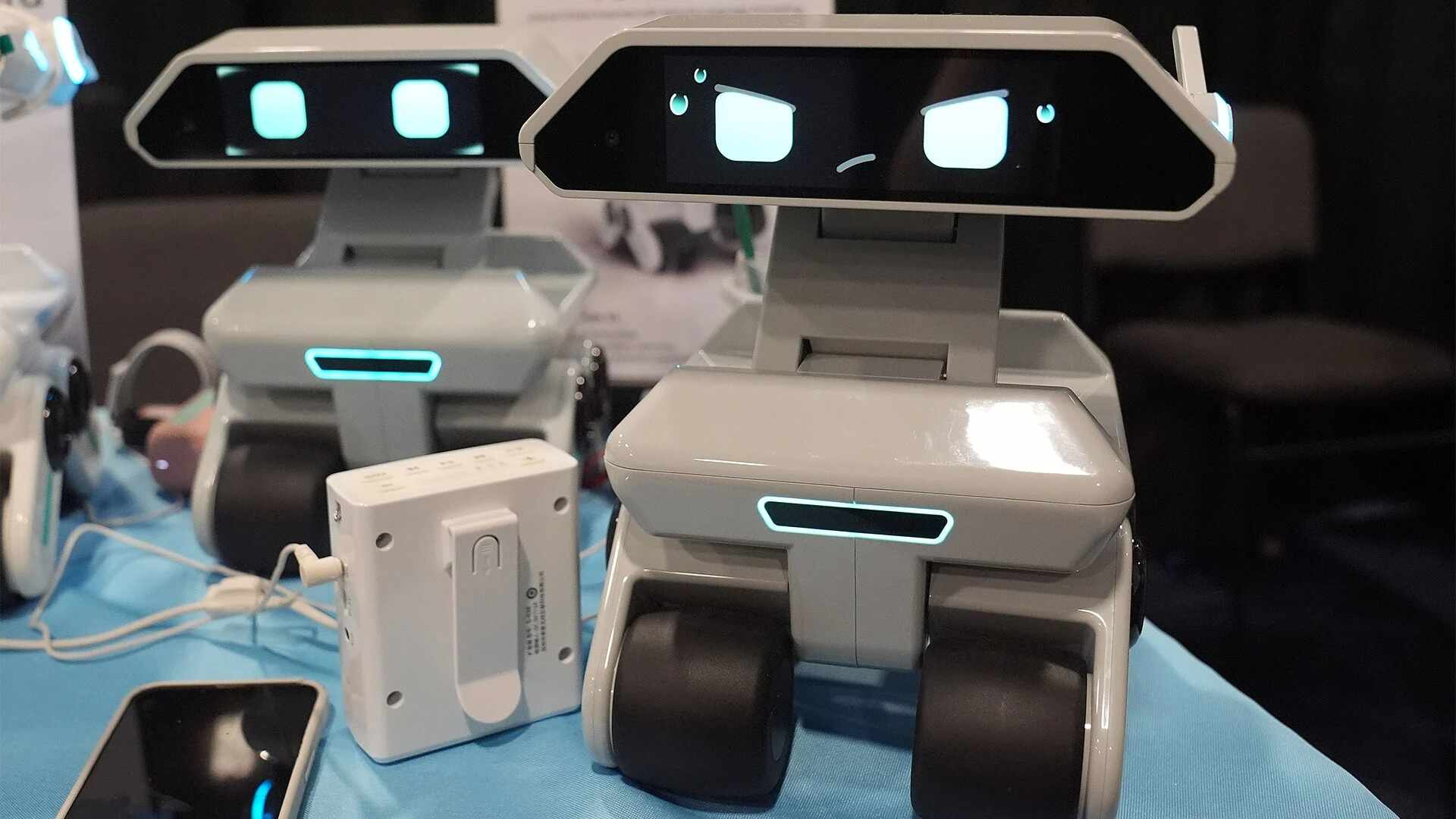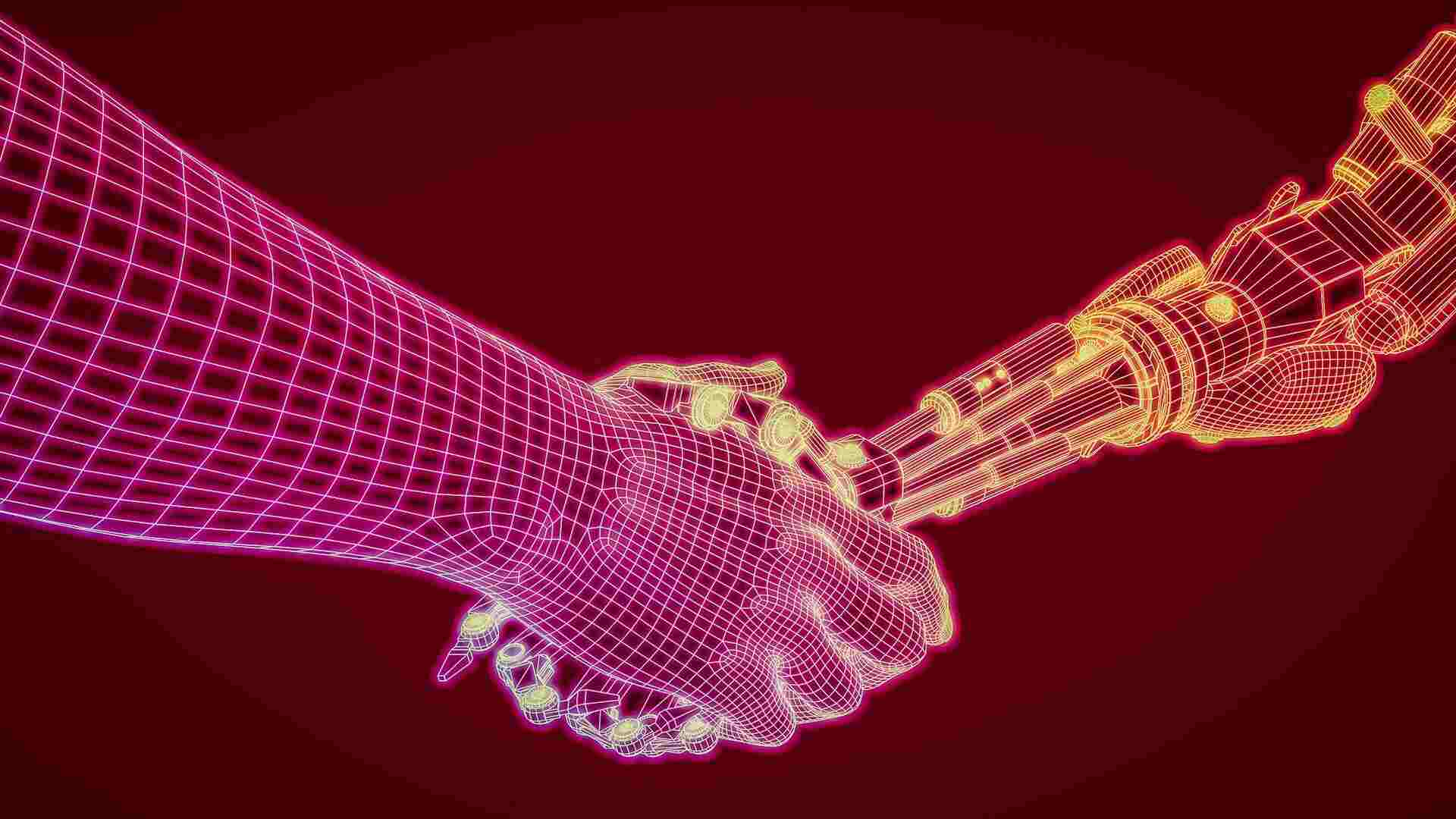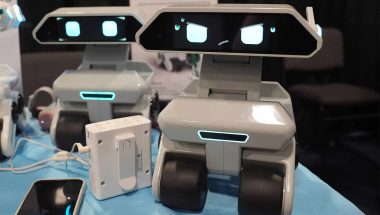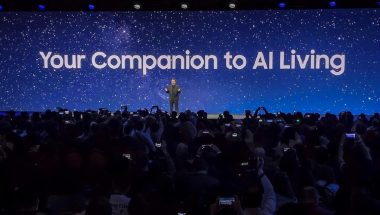- | 9:00 am
This tech can make breast cancer detection in the Middle East easier and faster
Breast cancer is the most common cancer in women in the Arab world. But AI-powered screening solutions, molecular imaging and precision medicine are helping in fast diagnosis and speeding up treatment.
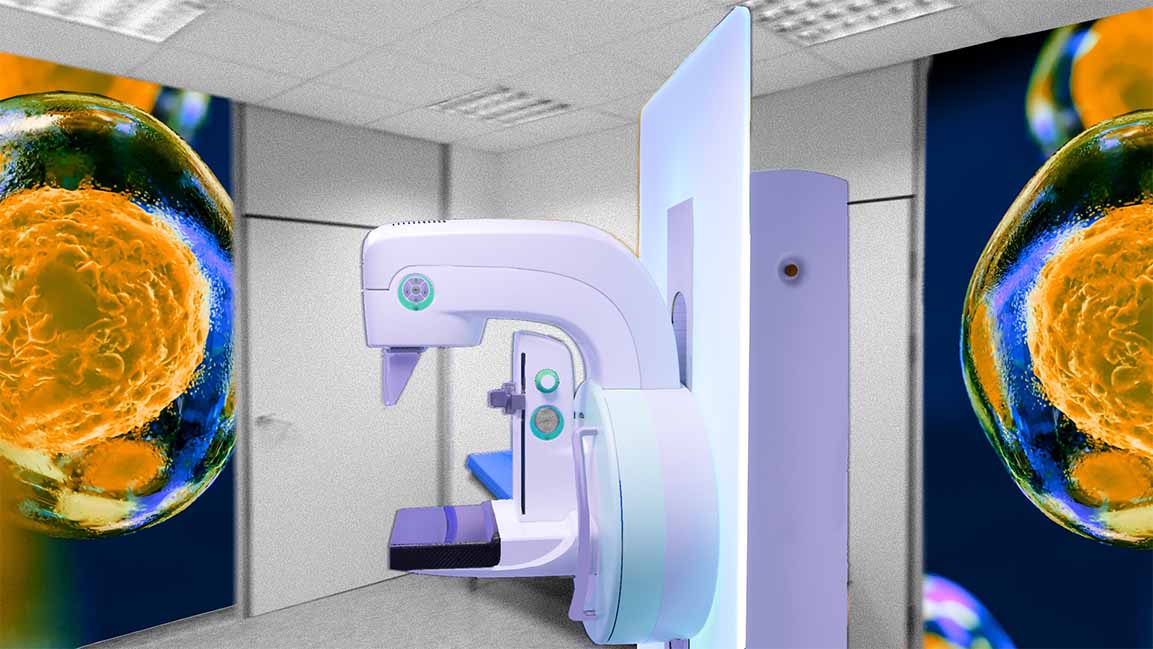
Like most cancer patients, Rahab remembers the moment she was diagnosed with breast cancer, and her life changed forever. A May morning 15 years ago, when she was getting ready, she discovered a lump on her right breast.
Worried, she consulted her doctor, who, after examination, said there was nothing to worry about and that it would pass. But the painful lump continued to throb and produced a white liquid within a few days. This time she consulted another doctor for a second opinion. The doctor immediately booked her for a mammogram and tissue biopsy. When the results came back in three days, it was a “malignant, Stage 2 breast cancer diagnosis,” leaving her in shock. Painfully, this was also the time she was five weeks pregnant.
Rahab’s plight is emblematic of the estimated 2.26 million women diagnosed with cancer worldwide.
Which begets the question: why does the topic of breast cancer blur out of public opinion after Pinktober? After all, we need more pervasive awareness of the most frequently diagnosed cancer in women. Breast cancer is also the most commonly diagnosed form of the disease in the Arab world – estimated at around 17.7 to 19% of all new cancer cases (as per 2018 statistics).
Several companies have created screening tests to tackle the problem of misdiagnosis and late diagnosis. Employing different technologies, from AI to ML to 3D imaging, all strive toward making screening more accessible and affordable to patients in the Middle East. Can these solutions lower breast cancer mortality rates remain to be seen, but for now, they seem to be making headway with early detection.
ADVANCEMENTS IN EARLY DETECTION
The technology behind mammograms, the commonly used diagnostic tool for breast cancer, has significantly evolved over the years. From a traditional scan of dense breast tissue to 3D mammograms, the primary benefit offered by the latter is it can detect small masses hidden in dense breast tissue much earlier than 2D mammograms.
“Using 3D mammograms, we can see lumps hidden within breasts accurately. By limiting the effect of covering the breast tissue, 3D mammography can make tumor detection easier. Looking into various pictures has helped specialists discover a larger number of cancer growths which was not possible with 2D scans,” says Dr. Timor Al-Shee, Surgical Consultant of Breast Oncology at King Faisal Specialist Hospital and Research Center, Saudi Arabia.
The limiting factors of 3D mammograms are accessibility and cost. “We don’t see 3D mammograms widely adopted in this part of the world,” adds Al-Shee.
When it comes to early detection, one pervasive problem with ultrasound screenings is the possibility of false-positive ultrasound results.
To minimize unnecessary biopsies and increased costs associated with false-positive ultrasound results, researchers from New York University (NYU) and NYU Abu Dhabi have devised a solution to identify breast cancer in ultrasound images using artificial intelligence (AI).
Led by Farah Shamout of NYU Abu Dhabi and Yiqiu Shen and Jamie Oliver of NYU, the model offers “radiologist-level accuracy” and has been designed as a clinician decision support tool.
“Our findings highlight the potential of AI to improve the accuracy, consistency, and efficiency of breast ultrasound diagnosis,” says Shamout.
“Importantly, AI is not a replacement for the expertise of clinicians. However, AI’s powerful, complementary role as a decision support tool leads us to believe that they should and will be increasingly translated into clinical practice.”
PREDICTIVE TECH
While predictive analytics and other AI tools have shown promise in forecasting cancer risk, these technologies have limitations that have hindered their adoption in healthcare.
However, AI can be leveraged to predict and prevent breast cancer.
“The UAE uses the latest technologies to drive innovation in healthcare. We are part of the DoH-led Personalized Precision Medicine Programme for oncology in the region that specifically targets breast cancer. The treatment is based on a patient’s genetic makeup and genetic changes in cancer cells,” says Dr. Fahed Al Marzooqi, COO of G42 Healthcare.
“Using AI-based technologies, the new program will focus its first phase on breast cancer patients across the emirate. It will target oncology diseases, building on the latest research and model of care to detect, diagnose and treat breast cancer patients, or reduce the risk or recurrence of the disease,” adds Al Marzooqi.
He explains that G42 Healthcare also employs a clinical genetic oncology test panel that uses NGS technologies with the shortest turnaround time.
“The results can determine the risk of developing cancer or passing on a genetic disorder,” says Al Marzooqi.
The test panels select genes based on their risk potential to develop breast cancer. They provide greater sequencing depth to look for mutations in several genes with accurate results.
Highly trained medical scientists and geneticists examine the DNA in cells collected from blood samples to assess the genetic changes.
GENETIC TESTING, MOLECULAR BREAST IMAGING, AND MORE
While screening for breast cancer is a common resort for those patients checking for a diagnosis. Al Marzooqi says genetic testing, molecular breast imaging, and blood tests are reliable and accurate measures.
“Genetic testing is available for hereditary breast cancer. Most breast cancer is not caused by inherited mutations, so genetic testing is only helpful for women with a family health history of breast cancer or a known BRCA1, BRCA2, or other inherited mutation in your family,” he says. Most people considering genetic testing undergo genetic counseling. Genetic counseling can help you understand what the results mean and help you chart your health plan forward.
“Molecular breast imaging (MBI) is a newer test and may not be the most accessible screening opportunity. It involves using a radioactive tracer with a nuclear medicine scanner. The tracer is injected into a vein in your arm, and if you have cancer cells in your breast, the tracer will light up,” says Al Marzooqi. This test is sometimes used in addition to a mammogram to screen women with dense breast tissue.
“Blood tests are not used to diagnose cancer, but doctors can assess your blood to help better classify your cancer and understand your overall health,” he says. For example: is a person healthy enough for chemotherapy?
These tests can also help you choose certain drugs that might work better for your cancer — precision or personalized medicine.
What’s the future of preventative and predictive tech in breast cancer diagnosis?
“Precision medicine,” says Al Marzooqi.
“This is an increasingly emerging disease treatment and prevention approach that considers each patient’s individuality – from genes, environment, and lifestyle. AI technology integration in cancer care enhances the precision and speed of diagnosis, supporting clinical judgment,” he says.
Breast cancer is treatable if you spot it early. Women don’t need to die to it, experts say.
“Using genomics, we can now take the entire process of diagnostics, drug therapy, and prevention and tailor it to the needs of the specific individual,” says Al Marzooqi.














